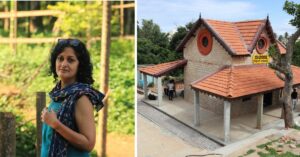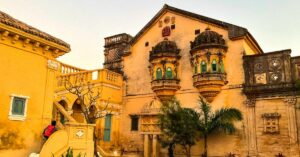In Pics: Why A Banker Has Been Photographing Mumbai’s Flamingos For 7 Years in a Row
Vidyasagar Hariharan from Mumbai has been documenting flamingo migration to the city over the past 7 years. Read how he aims to conserve wetlands with his work.
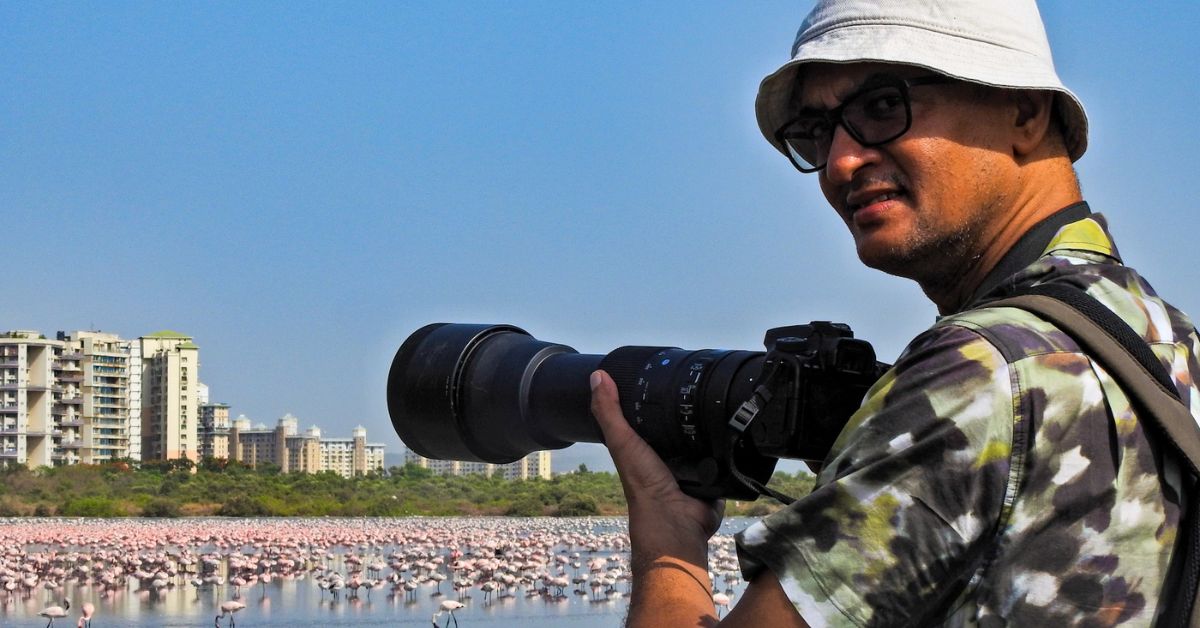
Vidyasagar Hariharan found his purpose in life thanks to running. In 2016, the Mumbai resident joined a marathon coaching club. While going for a run, his marathon mates spoke about going cycling to Sewri, to see flamingos. The banker was pleasantly surprised when he learnt that flamingos come to Mumbai,
His curiosity piqued, the bird lover cycled with his friends to Sewri the next morning. What he saw bowled him over. He fell in love with the wading birds the first time he laid eyes on them.
He told his marathon coach about his experience and was informed by him that there was a small lake behind the NRI complex residential area in Navi Mumbai, to which flamingos throng in thousands during the season and could be seen in much closer quarters than Sewri.
Vidyasagar can perfectly recall that Saturday morning in March 2016 like it was yesterday. He calls what he saw ‘magic’.
“I heard a loud noise as we were nearing the waterbody. It was the sound of thousands of flamingos cackling. The rising sun painted the murky tidal waters and the pink birds golden. I was enamoured,” adds the 47-year-old.
Having an interest in photography and birds, Vidyasagar then invested in a good camera and began visiting the wetlands every week. He also started extensive research on the birds.
He says that flamingos began visiting Mumbai in the 1990s. A Bombay Natural History Society (BNHS) study found 1.2 lakh Greater and Lesser flamingos (two species) in Mumbai — mainly the Thane creek — in 2019.
“Thane creek, which separates Mumbai island from the mainland is the key to this ecosystem and here is where the flamingos arrive from Kutch and some probably (the greater flamingos) all the way from the Persian gulf. Mumbai has such a beautiful mangrove and wetland habitat,” adds Vidyasagar.
Visiting the numerous wetlands in the city and documenting the beautiful birds led to a deeper understanding about the issues around wetlands and the natural history phenomenon. He decided to create awareness about the importance of conserving the urban wetlands through his Instagram page.
Here are 10 pictures that show how important it is to preserve the mangroves and wetlands:
- The lake behind the NRI complex, Navi Mumbai.
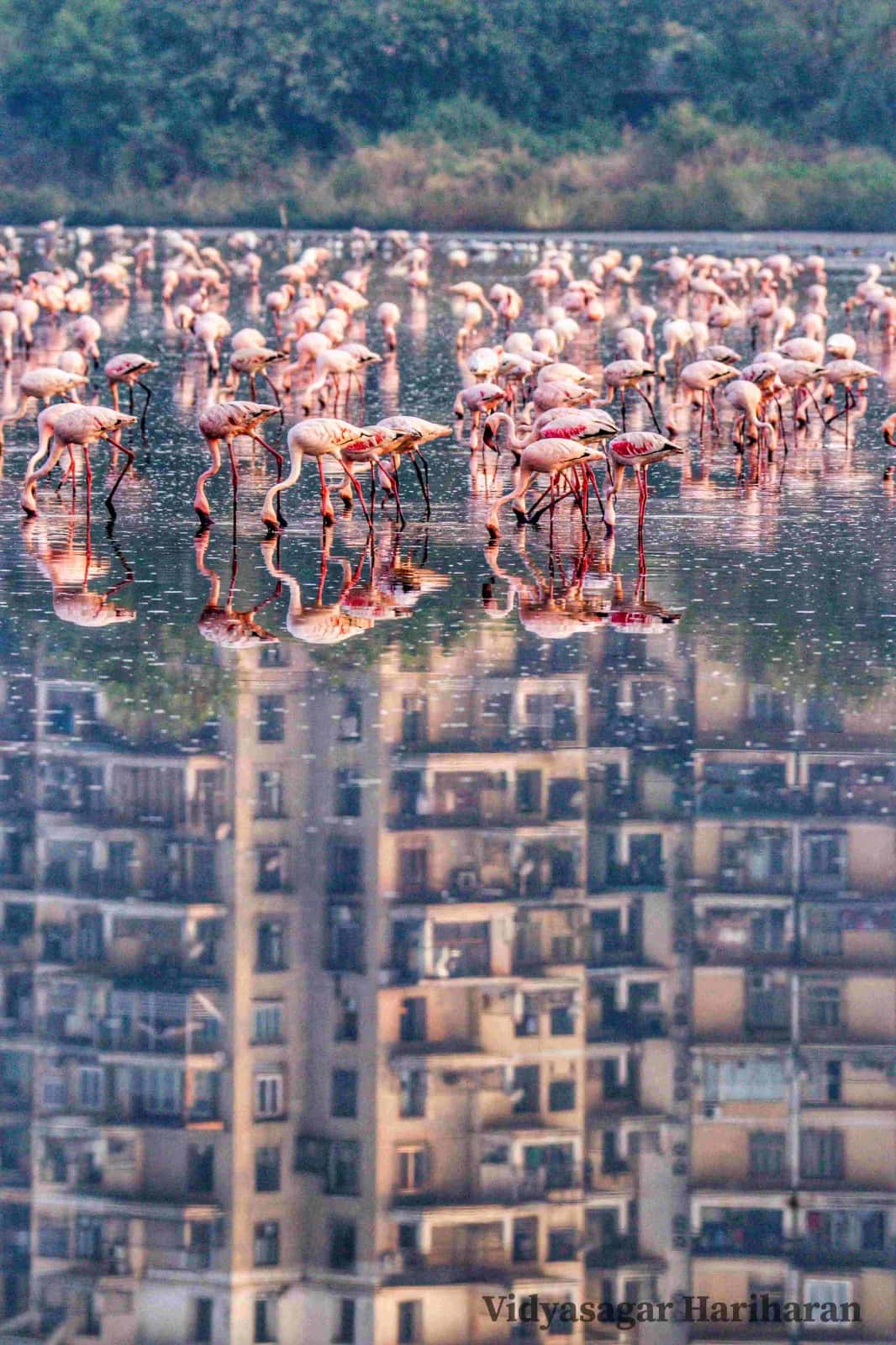
This picture perfectly captures how humans have intruded into animal territory. Home to more than 60 species of birds, this lake is under threat, as builders want to construct a golf course in this area.
“I found my purpose when I heard about the golf course. This wetland lake is amongst the three in Navi Mumbai that are crucial for flamingo migration. They come here during high tides and perform their mating dance,” adds the photographer.
- The lake behind the NRI Complex, Navi Mumbai.
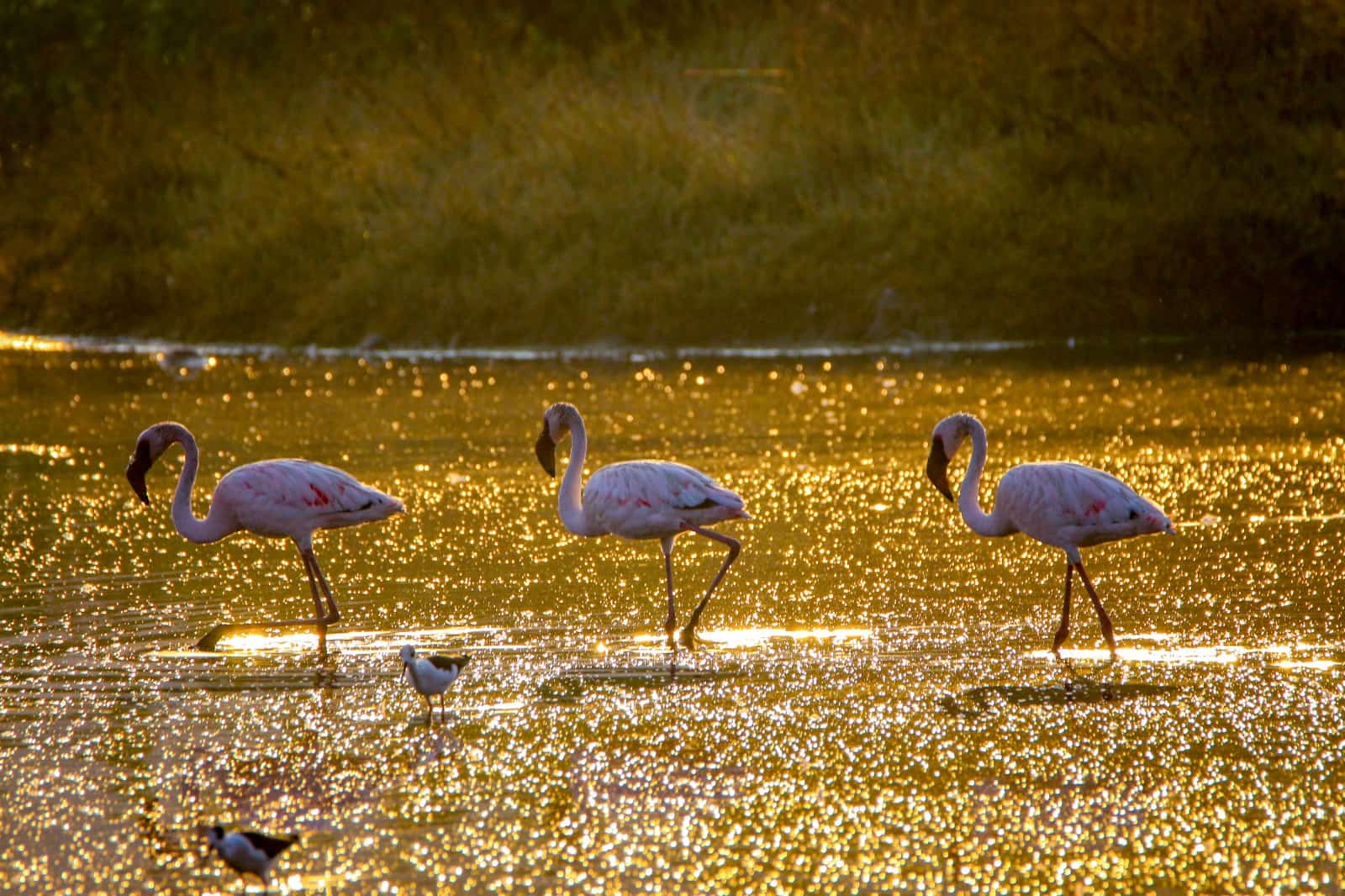
This was one of Vidyasagar’s first pictures, taken in 2016, during sunrise. He explains that flamingos are a very good indicator of the health of the wetlands.
“The wetlands in Mumbai, especially the Thane creek, are healthy. Flamingos get enough to eat and have abundant places to rest here. Mumbai is possibly the only large city that sees migration of such a huge number of flamingos,” he says.
- The lake behind the NRI Complex, Navi Mumbai.
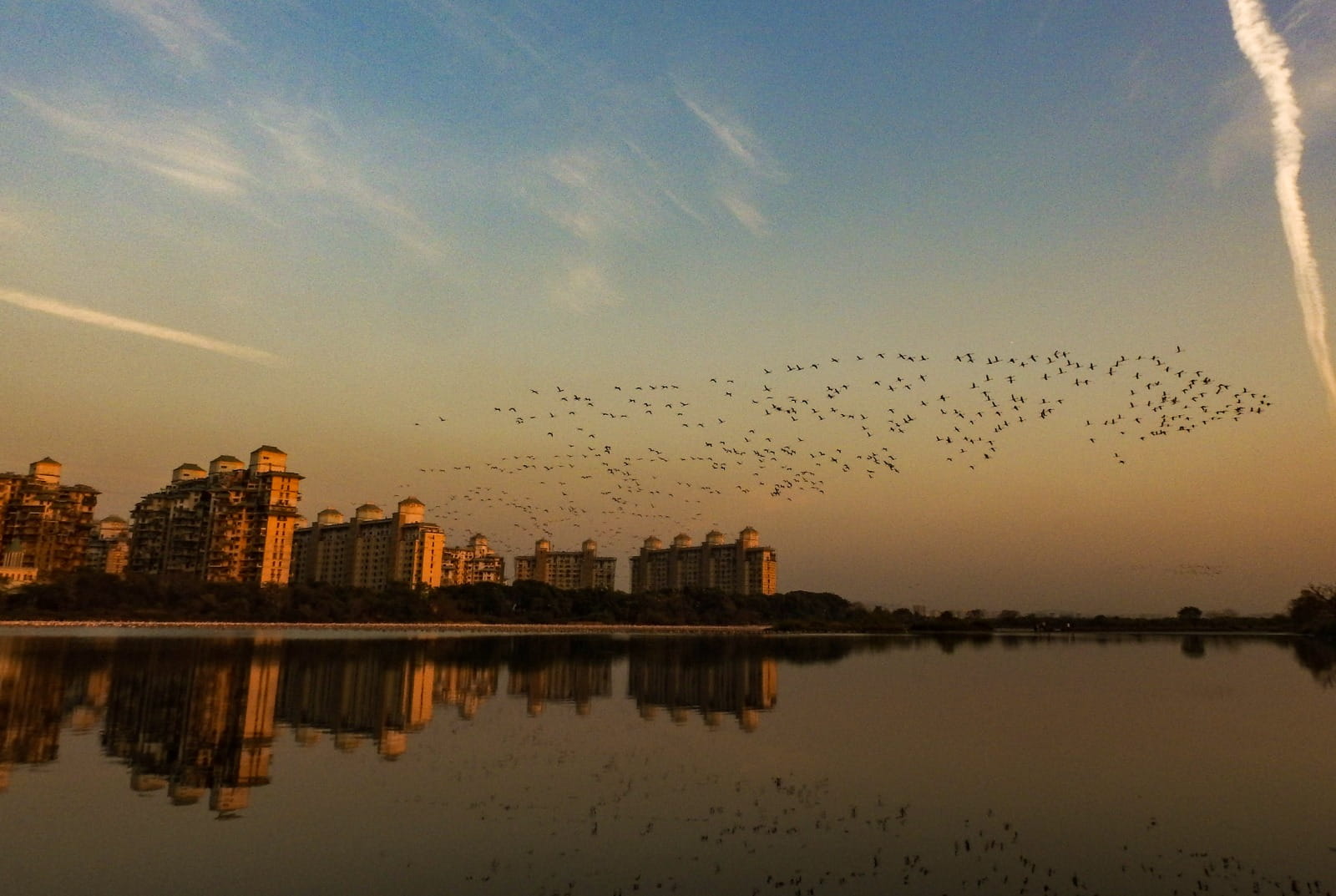
The flamingo season in Mumbai is from November to June.
“Mumbai gets both the Asian species of flamingos, the Greater and Lesser Flamingos, in huge numbers because of a favourable winter weather, habitat and food in and around the Thane Creek,” says Vidyasagar.
- Thane creek flamingo sanctuary
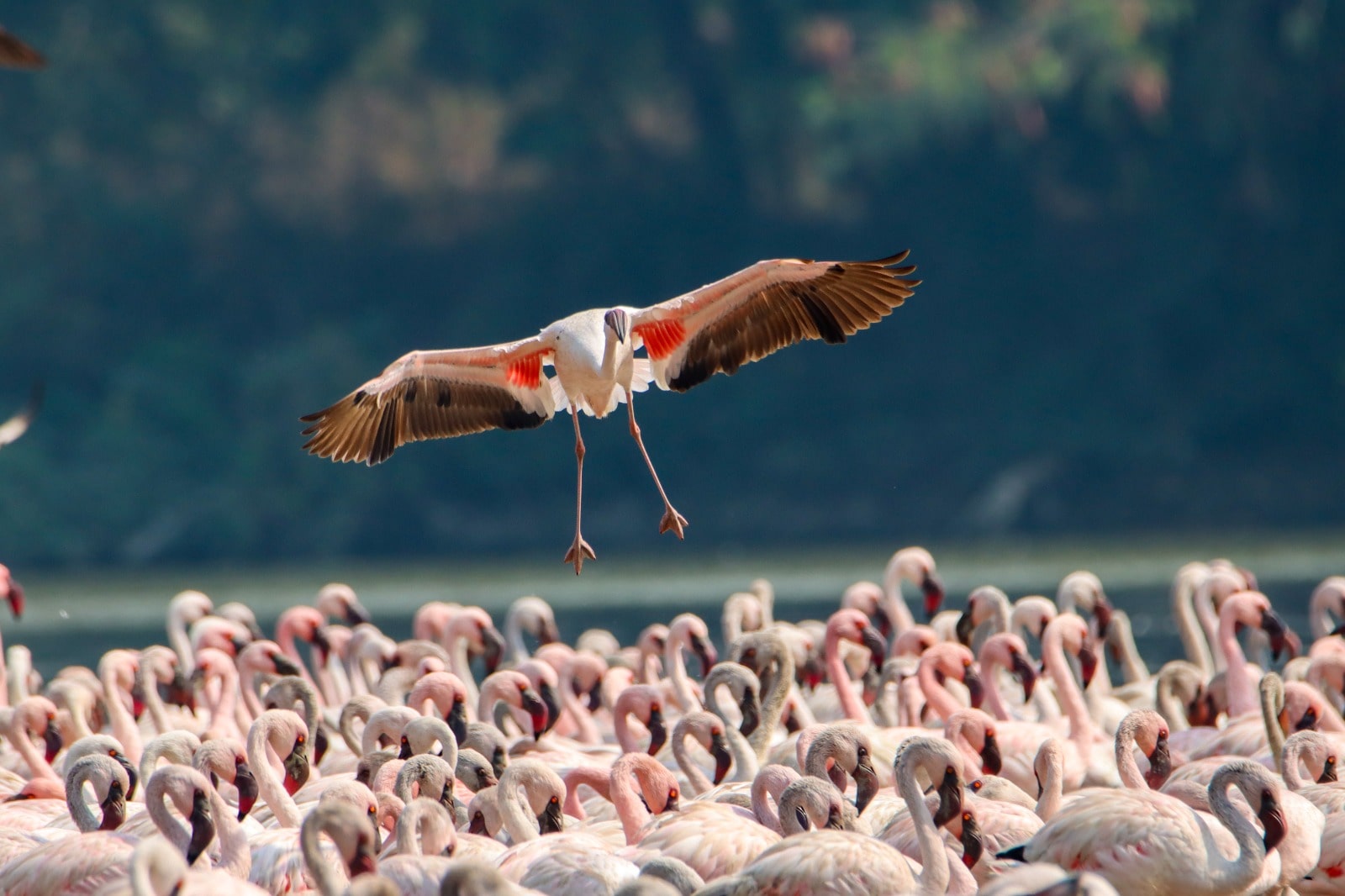
The reason why flamingos come to the Thane creek in large numbers is due to the availability of food, the blue-green algae which is due to the treated sewage in the creek, for example. This algae also gives flamingos their pink colour, says Vidyasagar.
“These wetlands are not home to many birds but also prevent flooding of the city. We need to stop construction across these wetlands. Let them be,” says the 47-year-old.
- Mogra Nulla, Lokhandwala.
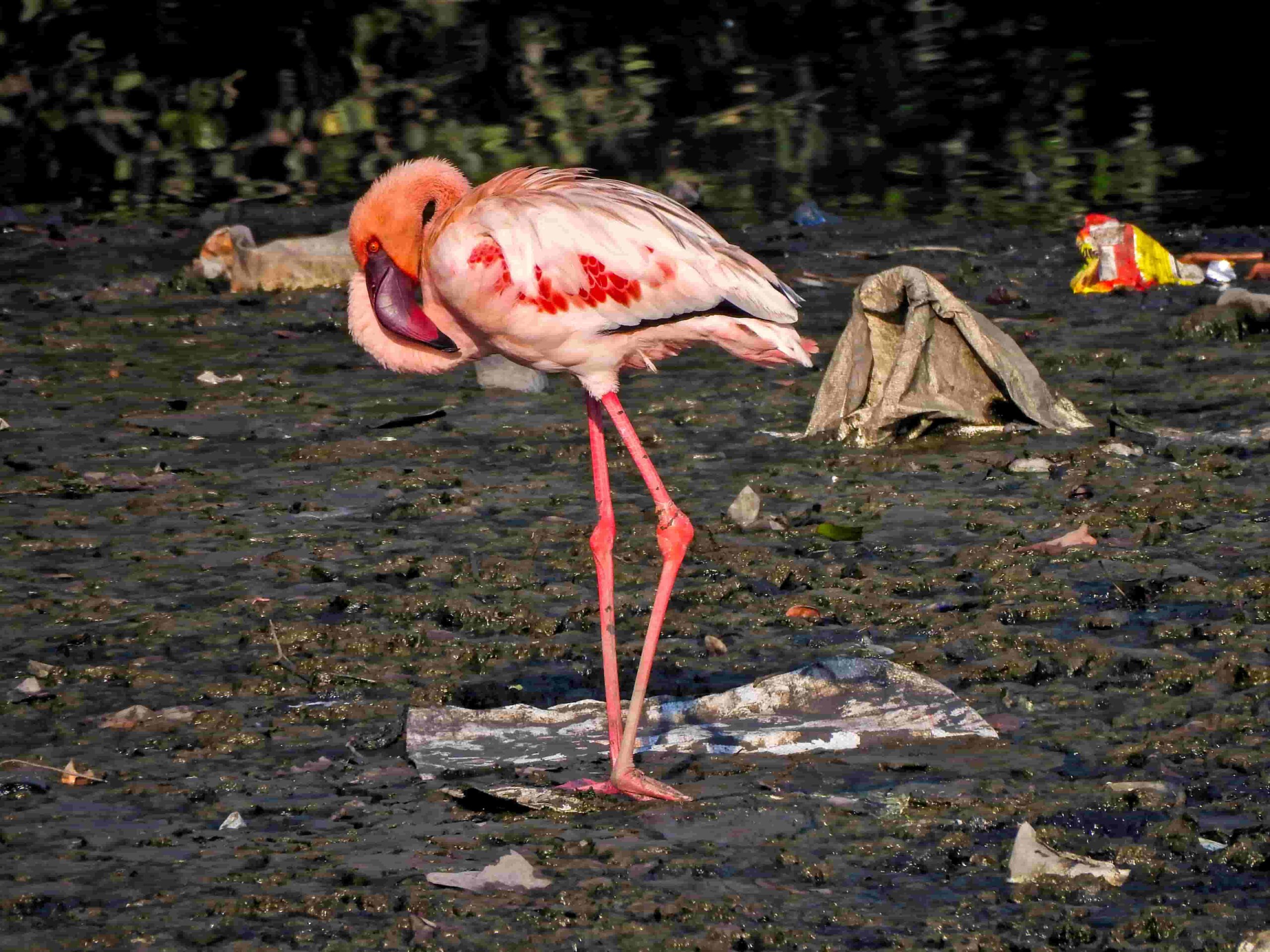
Over the past two years, flamingos have started visiting the Malad creek too, which is very polluted. This picture speaks a thousand words, as it shows how these birds are fending for food amidst waste strewn around by humans.
“Over the past seven years, I’ve seen an increase in reckless plastic pollution. People should really stop throwing waste around lakes. Even the dry grass surrounding lakes is home to many species of birds. We need to act responsibly and stop the pollution,” says Vidyasagar.
- Thane creek flamingo sanctuary
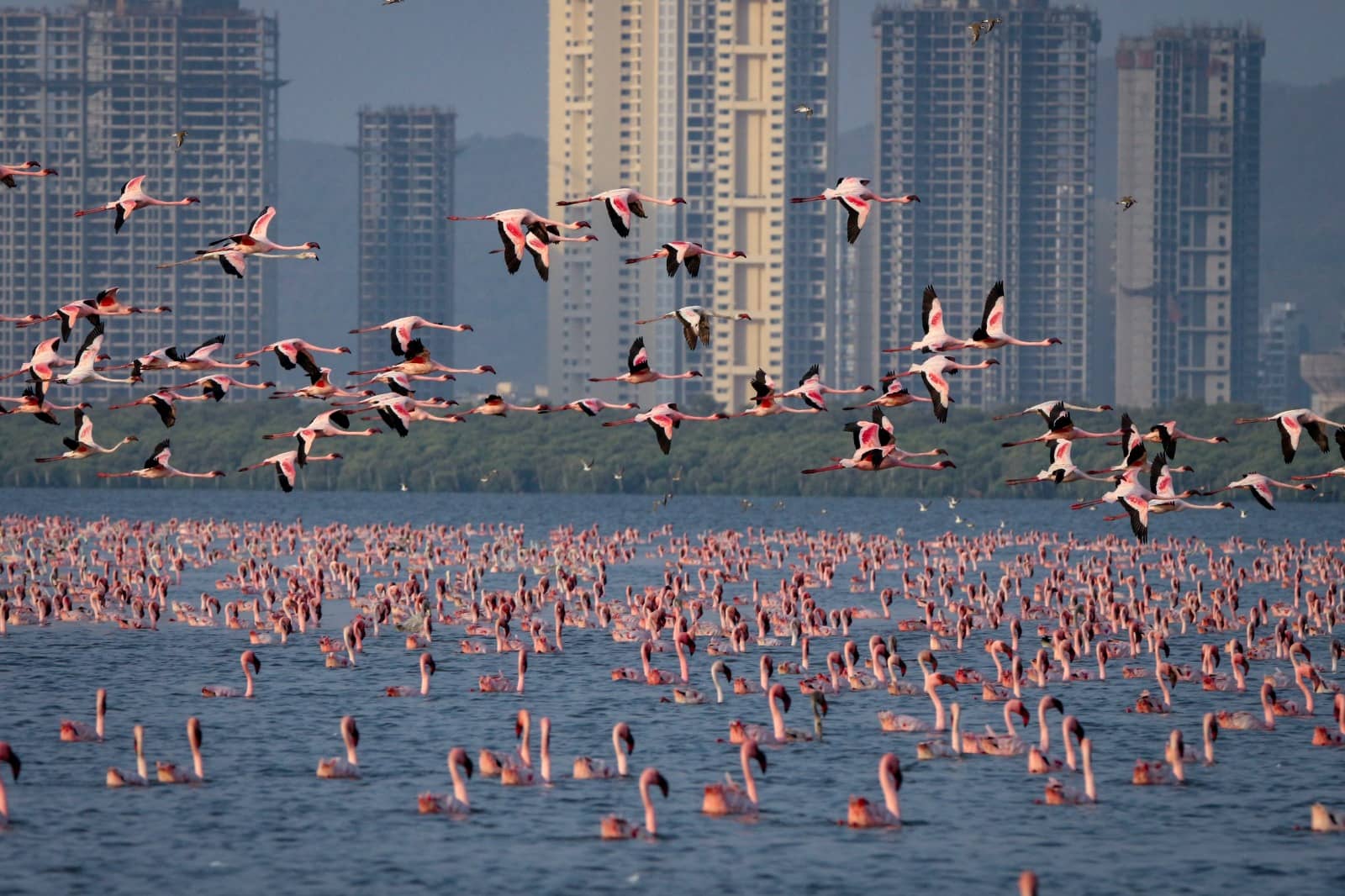
Clicked in May 2016, this picture has been featured in a wildlife book of the Corbett foundation. Vidyasagar wants people to see Mumbai’s beautiful wild side.
“Mumbai is not a concrete jungle. People should know that Mumbai has more wildlife than just the Sanjay Gandhi National park. Everyone should understand the migration phenomenon. Only then will they work towards conserving these urban wetlands,” he adds.
- Delhi Public School lake, Navi Mumbai
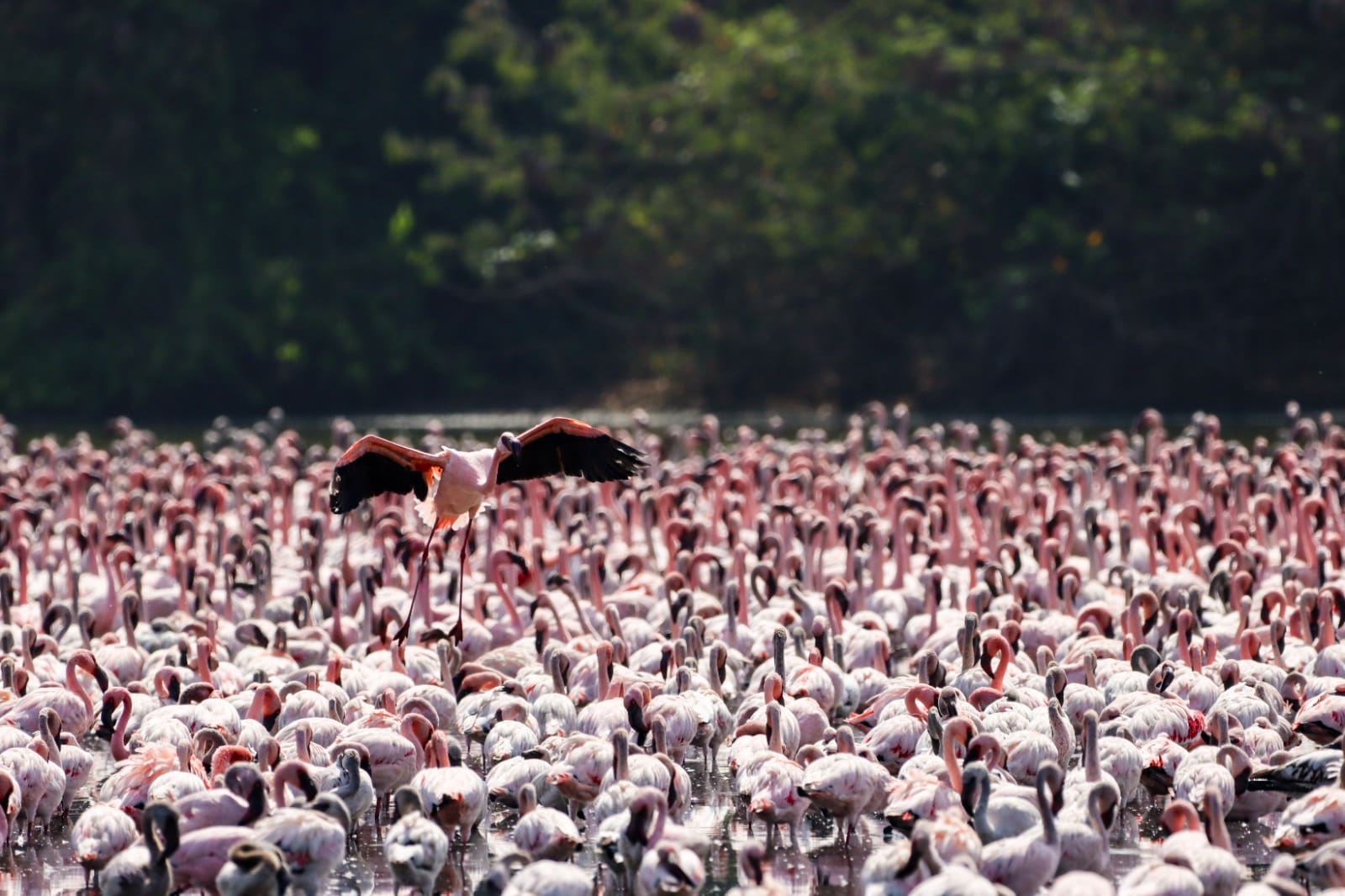
Besides his Instagram page, Vidyasagar also takes a select few, who are truly interested in nature and conservation, on walks.
“People travel to Kenya to see wildlife, Lake Nakuru to see flamingos, without knowing that the same species comes to their own city. Enjoy the wildlife around your own cities. Wildlife is not just found in big national parks, but also in wetlands, we just have to look around,” he says.
- Thane creek flamingo sanctuary
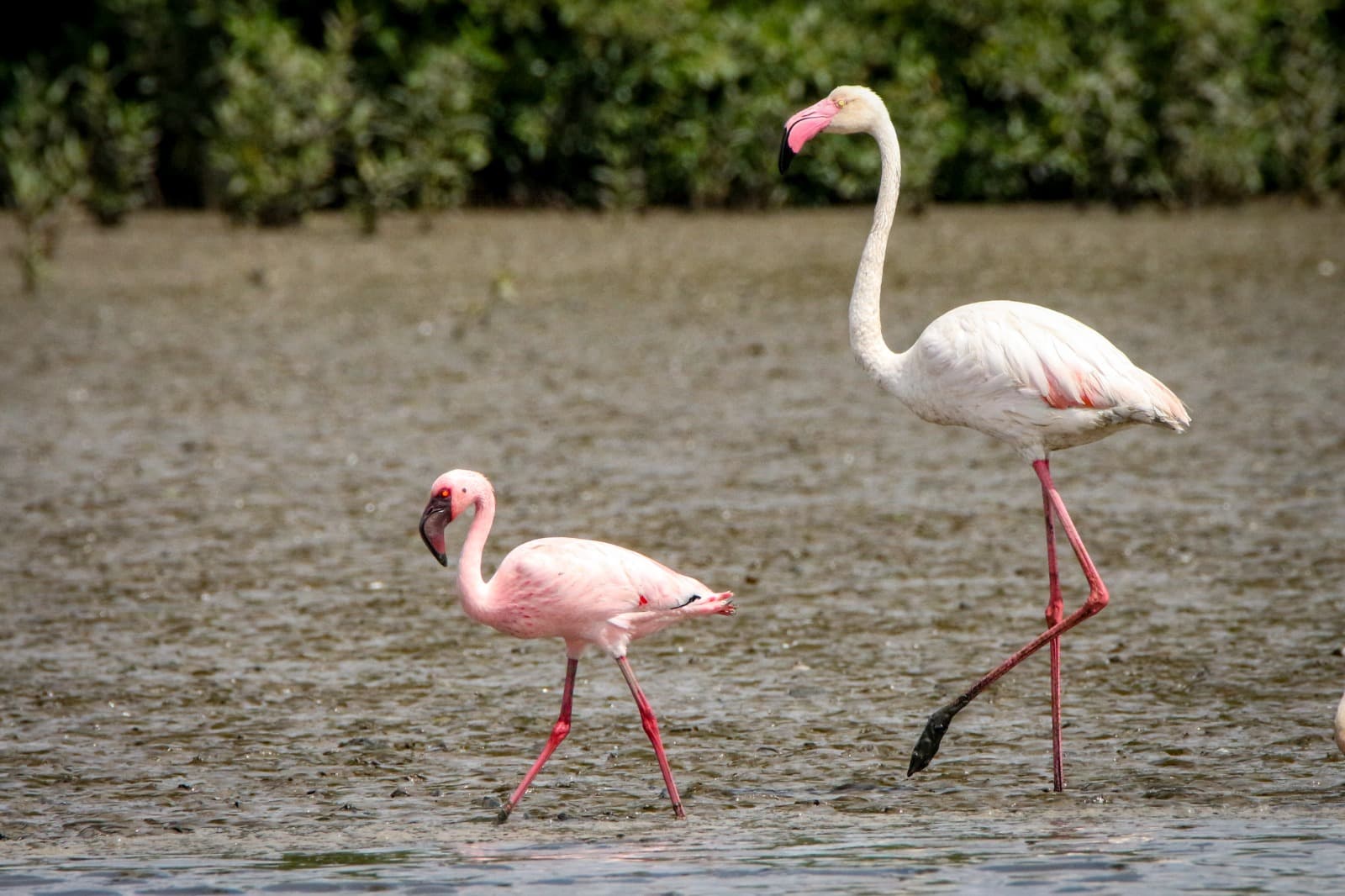
This picture, which shows a greater and lesser flamingo walking together, has been featured by India Post and also in a Banarasi silk saree as a motif.
“The greater flamingo is taller, almost 5 feet tall, while the lesser is pink, has a black and crimson beak and red eyes. These two species are found across Asia, Africa and Europe,” he adds.
- TS Chanakya Lake, Navi Mumbai
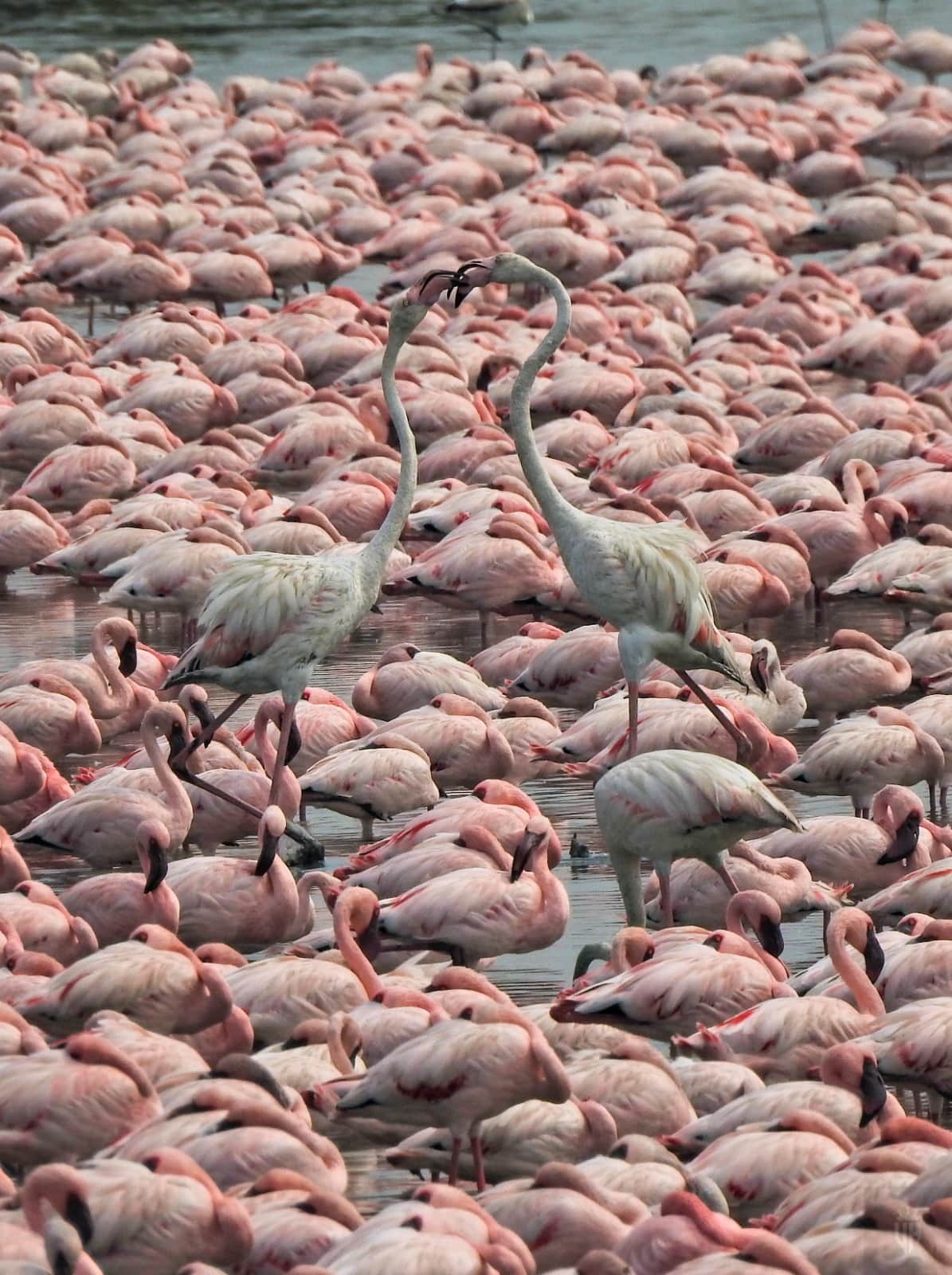
This picture shows two greater flamingos fighting. Similarly, we also need to stop fighting against nature, says the photographer.
“The city has a tremendous demand for land. We have already destroyed the habitat. We need to stop further destruction. We need not build through forests and wetlands. Leave the natural habitat of birds and animals alone,” he says.
His pictures over the years paint a picture of how the city’s landscape has changed and how it has affected birds.
- Thane Creek flamingo sanctuary
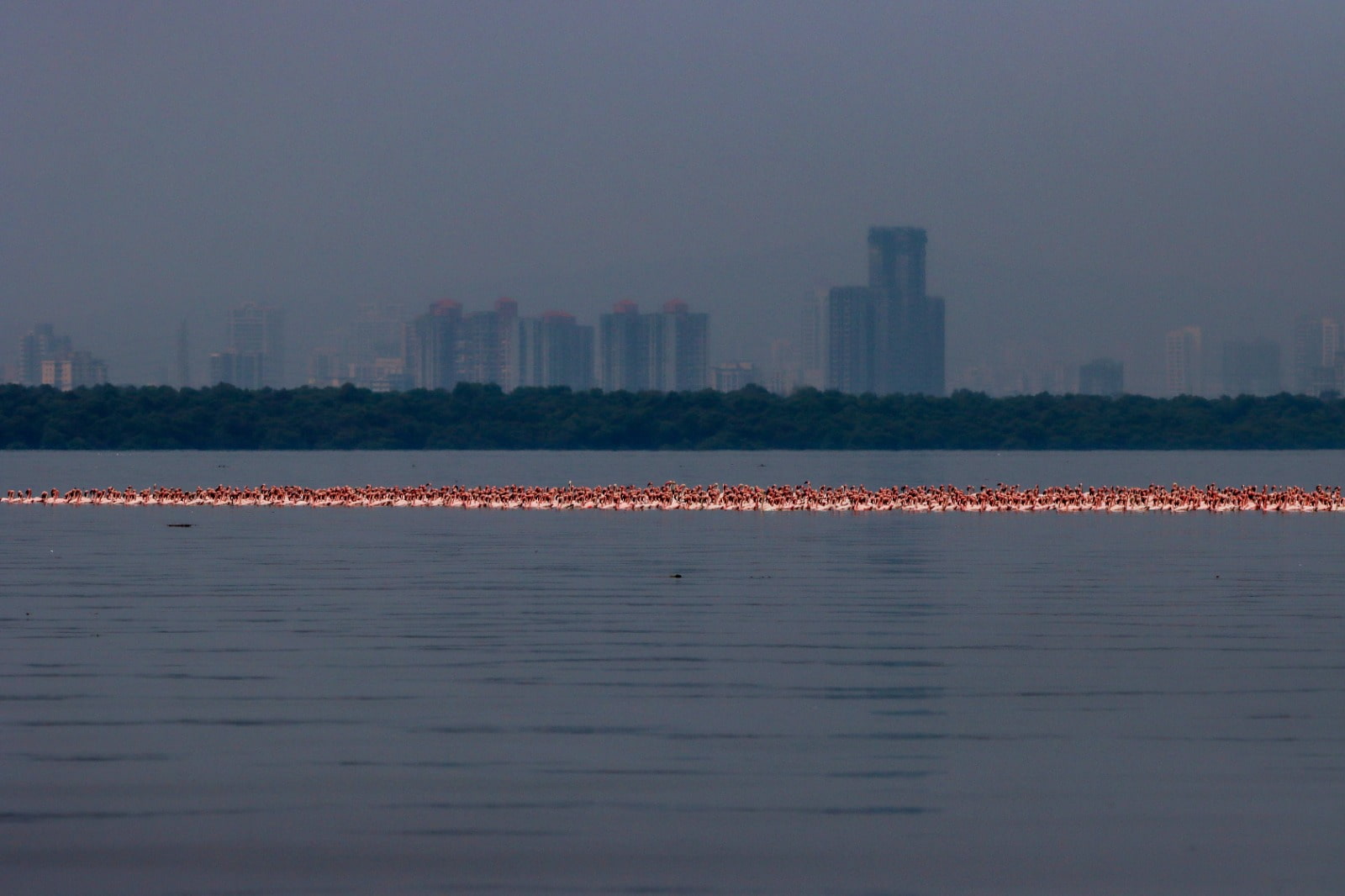
This picture, which shows thousands of flamingos swimming, has been shortlisted for the Mangrove photography awards 2023. It exemplifies the fact we can coexist with birds in the city.
“We are not letting them coexist. If we focus on conservation and build golf courses elsewhere, we can prevent migration of flamingos to other places. Let’s focus on our natural wealth. We will succeed with collective efforts,” he adds. If you found our stories insightful, informative, or even just enjoyable, we invite you to consider making a voluntary payment to support the work we do at The Better India. Your contribution helps us continue producing quality content that educates, inspires, and drives positive change. Choose one of the payment options below for your contribution- By paying for the stories you value, you directly contribute to sustaining our efforts focused on making a difference in the world. Together, let’s ensure that impactful stories continue to be told and shared, enriching lives and communities alike. Thank you for your support. Here are some frequently asked questions you might find helpful to know why you are contributing?

Edited by Padmashree Pande
This story made me
-
97
-
121
-
89
-
167




